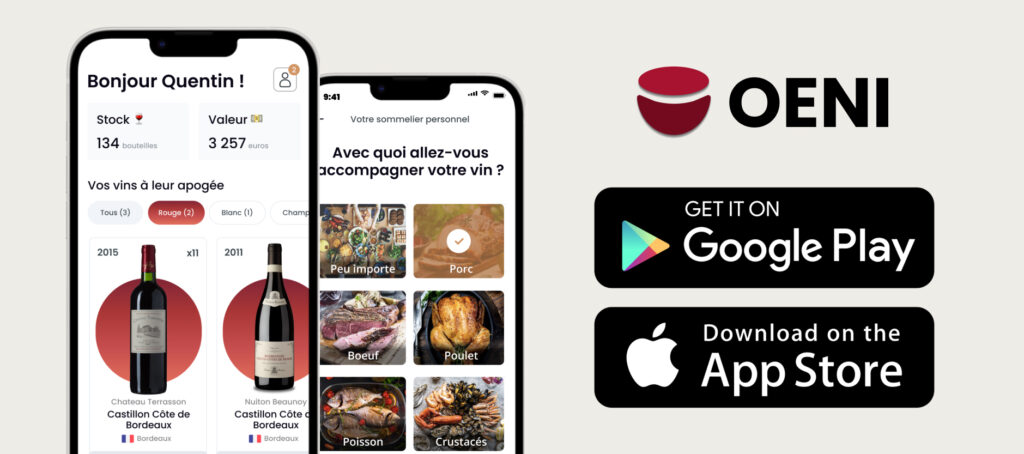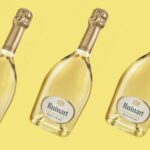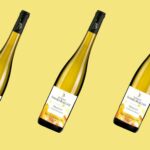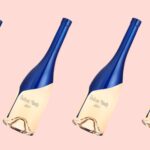Choosing the right moment to open a bottle of wine is not always easy. Yet it's essential if you are to enjoy a wine to the full. Drinking a wine too young can disappoint, while waiting too long can damage its taste.
If you're interested in wine-related articles, download our app for IOS or Android. It will give you access to our wine lexicon, our articles and our innovative solution, designed for all wine consumers and collectors.
Understanding wine drinking maturity: a subtle balance
Every wine follows a life cycle. It is born, evolves, reaches its peak and then slowly declines. Drinking wine maturity corresponds to this ideal period when aromas fully express themselves. At this stage, tannins melt, flavors harmonize and texture becomes rounder.
However, not all wines age well. Some are meant to be enjoyed young. A Beaujolais Nouveau, for example, gains nothing by waiting. Conversely, a great Bordeaux may take several years to reveal its full richness.
Observing the label: a first step
The label provides useful information for deciding whether a wine should be drunk or kept. The vintage year remains a key indicator. The older the year, the more important the question: has the wine reached drinking maturity?
But that's not enough. The name of the estate, the appellation and the grape variety can also be used to assess ageing potential. A wine from a terroir renowned for its ageing potential has a better chance of evolving favorably.
Know the types of wine to keep or open
Some types of wine are best kept for a long time. This is the case with powerful reds, rich in tannins, such as Bordeaux, Barolo or Rioja Reserva. These bottles can often wait ten years or more.
Others, on the other hand, are best drunk young. Lively whites like Muscadet or Sauvignon de Loire express their freshness in the first few years. Delaying their opening causes them to lose this vivacity.
The role of grape variety in ageing
Each grape variety evolves differently. Cabernet Sauvignon improves with age. It develops notes of leather, undergrowth and admirable complexity. The more fragile Pinot Noir can evolve beautifully, but remains sensitive to ageing.
On the white side, Riesling has impressive ageing potential. It can age for several decades, revealing surprising aromas. Conversely, a light Chardonnay is best enjoyed in its youth.
Using a cellar management tool
With several bottles, it's difficult to keep track of each one. A management tool allows you to note down dates, grape varieties and aging forecasts. This avoids losing a bottle through forgetfulness.
Some tools automatically indicate whether a wine is to be drunk or kept. They cross-reference vintage, estate and appellation to offer a precise suggestion. This is an invaluable tool for planning which wine to open.
Taste a sample to get an idea
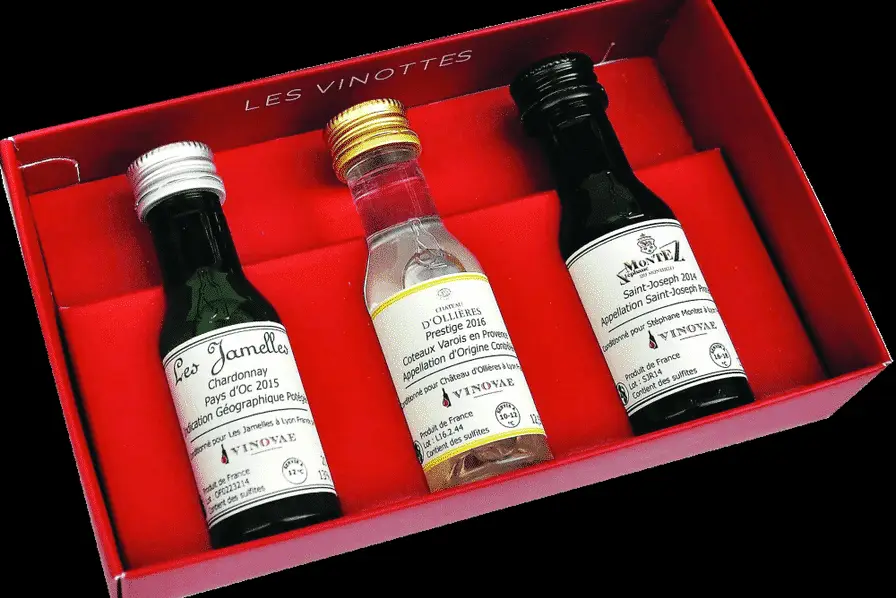
If you have several bottles of the same wine, open one. This allows you to taste the evolution and adjust the timing. You can then decide whether to drink quickly or wait a few more years.
Record your impressions: color, aroma, texture. This improves your taste memory and helps you better understand your wines.
Watch for signs of evolution
There are several clues to help you estimate a wine's ripeness for drinking. Color evolves over time. A red goes from purple to ruby, then to tile. A white goes from pale yellow to gold, then amber.
Aromas also change. A young wine often smells of fresh fruit. As it ages, it reveals notes of leather, truffle, honey or spice. These tertiary aromas often indicate that the wine has reached its optimal phase.
Don't forget conservation
A well-preserved wine ages better. It needs a stable temperature, around 12°C, sufficient humidity and the absence of direct light. Poor storage can precipitate oxidation, even if the wine had good potential.
So, if you don't have good storage conditions, it's best to choose wines that can be drunk quickly. This limits the risk of deterioration.
Advice from producers and guides
Many producers give precise information on ideal consumption periods. Consult the technical data sheets or ask when you buy. They know how their wine evolves.
What's more, tasting guides often indicate whether a wine should be drunk or kept. This is a good basis on which to base your choices.
Trust your palate
Ultimately, it's your taste that counts. Some prefer young wine, others like mature notes. Try different periods for the same wine, and see what appeals to you. Experience refines your preferences and makes future decisions easier.
Over time, you'll learn to better manage the ripeness of wine to drink, the choice of wine to open, and naturally learn to drink or keep wine according to your style.
If you enjoyed this article, please feel free to read the following article "What role do connected objects play in personal winemaking?"which may also be of interest to you!


